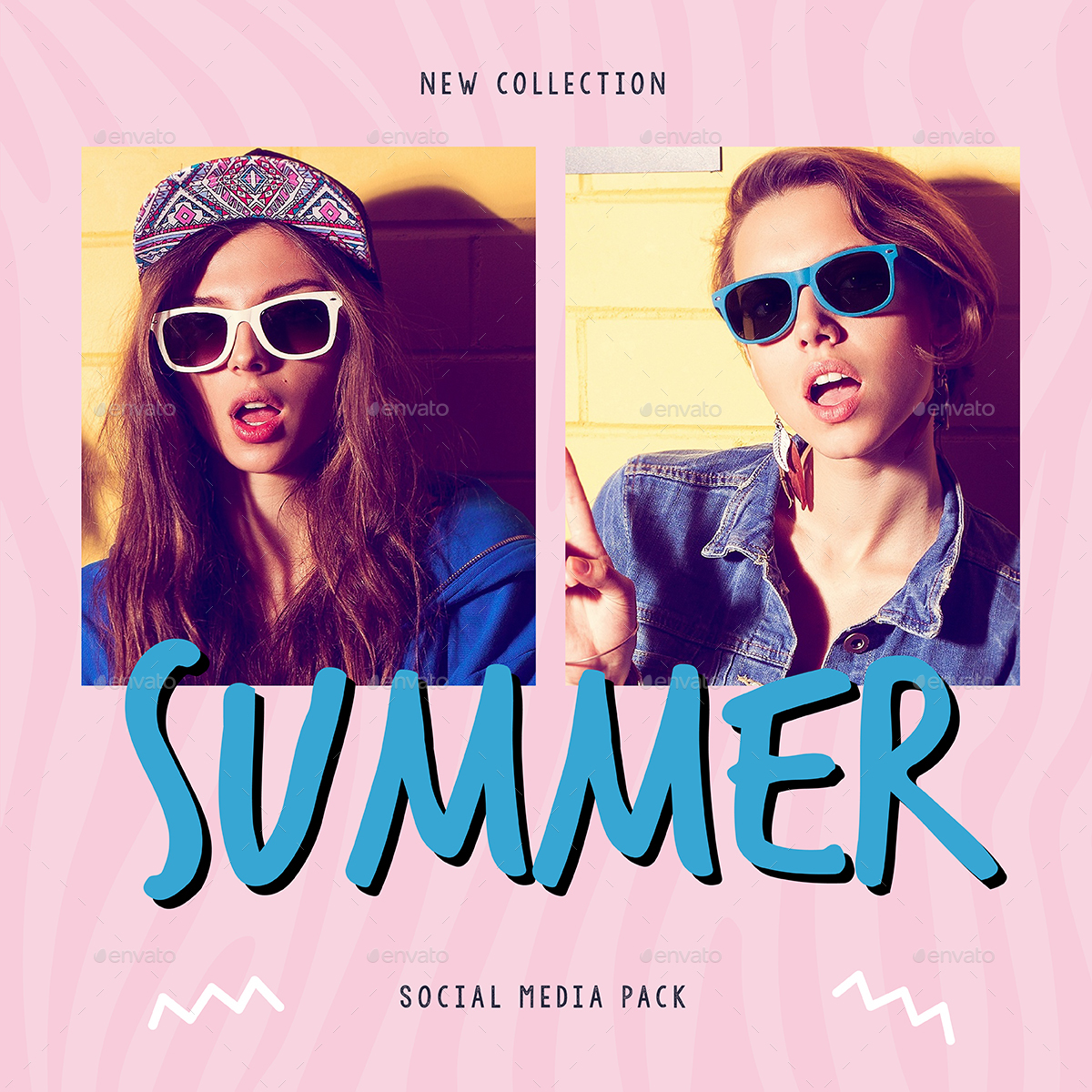The Insta-Evolution: A Look at Celebgram Fashion Timelines
Introduction
Instagram has fundamentally reshaped the fashion landscape. No longer are runways and glossy magazines the sole arbiters of style. Today, a new breed of influencer – the "celebgram" – reigns supreme, dictating trends and inspiring wardrobes with every perfectly curated post. This article delves into the fascinating evolution of fashion on Instagram, exploring how celebgrams have risen to prominence, the key milestones that have defined their influence, and what the future might hold for this dynamic intersection of fashion and social media.
The Genesis: From Selfies to Style Statements
-
Early Days (2010-2013): Instagram began as a simple photo-sharing app. Fashion content was largely organic, consisting of amateur snapshots of outfits, personal style, and behind-the-scenes glimpses into the lives of designers and models. The focus was on authenticity and visual appeal, rather than polished perfection.
-
The Rise of the Blogger (2013-2016): Fashion bloggers, who had already established a presence on platforms like WordPress and Tumblr, began to embrace Instagram. Figures like Chiara Ferragni (@chiaraferragni) and Aimee Song (@songofstyle) were among the first to leverage the platform’s visual power to showcase their style, build a dedicated following, and collaborate with brands.
- Key Development: The introduction of shoppable posts and sponsored content marked a turning point. Brands recognized the potential of Instagram as a direct marketing channel, and bloggers became valuable partners in reaching new audiences.
The Age of the Celebgram: Influence Redefined
-
Celebrity Adoption (2016-2019): As Instagram’s popularity soared, celebrities increasingly used the platform to connect with fans and promote their personal brands. Actresses, musicians, and athletes began sharing their fashion choices, endorsing products, and collaborating with designers.
- The Kardashian Effect: The Kardashian-Jenner family (@kimkardashian, @kyliejenner) played a pivotal role in shaping the celebgram landscape. Their strategic use of Instagram to promote their brands (e.g., KKW Beauty, Kylie Cosmetics) and showcase their personal style set a new standard for influencer marketing.
-
Micro-Influencers Emerge (2019-2021): While celebrities dominated the top of the influencer pyramid, micro-influencers (those with smaller, more engaged followings) gained traction. Brands recognized the value of working with these niche creators, who often had a more authentic connection with their audiences.
- Focus on Authenticity: Consumers began to crave more relatable and trustworthy recommendations. Micro-influencers, with their genuine passion for fashion and their willingness to engage with their followers, filled this void.
The Metaverse and Beyond: Fashion’s Digital Frontier
-
NFTs and Digital Fashion (2021-Present): The rise of NFTs (non-fungible tokens) and the metaverse has opened up new avenues for fashion expression on Instagram. Designers are creating virtual clothing and accessories that can be worn by avatars or displayed as digital collectibles.
- Examples:
- Brands like Gucci and Balenciaga have launched NFT collections, allowing users to own unique digital assets.
- Platforms like DressX offer virtual clothing that can be "worn" on Instagram photos and videos.
- Examples:
-
Sustainability and Inclusivity (Ongoing): Consumers are increasingly demanding that brands and influencers embrace sustainable and inclusive practices. Celebgrams are under pressure to promote ethical fashion, body positivity, and diversity.
- Shifting Values: There’s a growing awareness of the environmental and social impact of the fashion industry. Celebgrams who champion sustainable brands and promote inclusive representation are more likely to resonate with today’s consumers.
Key Trends Shaping Celebgram Fashion
- Athleisure: The blurring of lines between athletic wear and everyday fashion continues to be a major trend. Celebgrams frequently showcase stylish leggings, sneakers, and hoodies.
- Vintage and Secondhand: Sustainable fashion practices are gaining popularity, with many celebgrams incorporating vintage and secondhand pieces into their wardrobes.
- Bold Colors and Prints: Statement pieces with vibrant colors and eye-catching prints are a favorite among celebgrams looking to stand out.
- Minimalism: A minimalist aesthetic, characterized by clean lines, neutral colors, and timeless pieces, is also gaining traction as consumers seek to create a capsule wardrobe.
The Future of Celebgram Fashion
- Increased Focus on Transparency: Consumers will demand greater transparency from brands and influencers regarding their sustainability practices and ethical sourcing.
- Personalized Experiences: AI-powered algorithms will enable brands to deliver personalized fashion recommendations to Instagram users, based on their individual preferences and shopping history.
- Virtual Try-Ons: Augmented reality (AR) technology will allow users to virtually try on clothing and accessories before making a purchase, enhancing the online shopping experience.
- The Rise of the "Meta-Influencer": Virtual influencers, computer-generated characters with realistic features and personalities, may become increasingly popular as brands seek to create unique and engaging content.
Conclusion
The timeline of fashion on Instagram has been a whirlwind of innovation, disruption, and evolution. Celebgrams have played a pivotal role in shaping this landscape, influencing trends, and connecting brands with consumers. As technology continues to advance and consumer values shift, the future of celebgram fashion promises to be even more dynamic and transformative. One thing is certain: Instagram will remain a powerful force in the fashion world for years to come.

